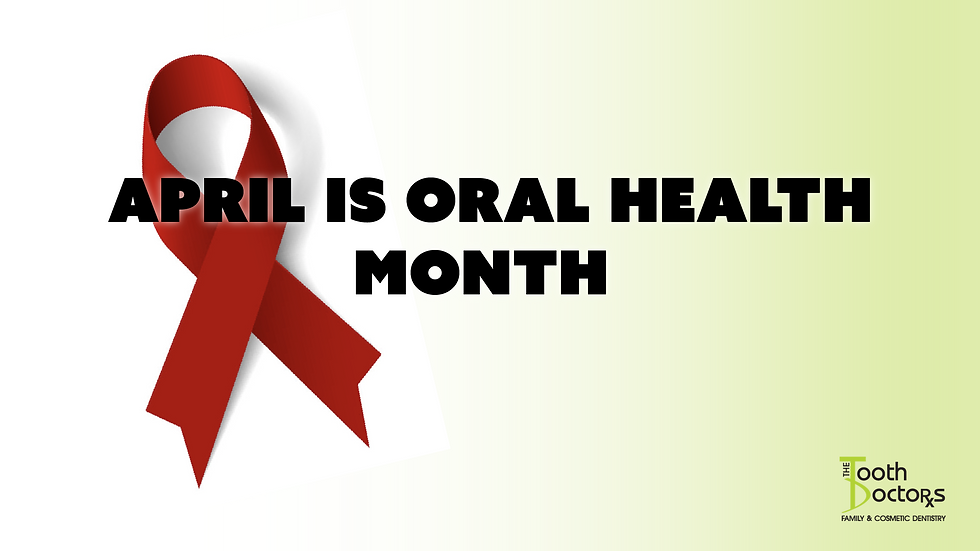Remembrance Day – Lest We Forget
- The Tooth Doctors

- Nov 8, 2012
- 2 min read
November 8, 2012 by deanna
Each year, on the eleventh hour of the eleventh day of the eleventh month, we take pause in memory of the thousands of men and women who have sacrificed their lives in military service. Remembrance Day was first held throughout the Commonwealth in 1919. The day marks the armistice to the end of the First World War, which came into effect at 11am on November 11 a year earlier. Since this is a dental blog, it might be interesting to take a look at dentistry for that time.

Did you know?
When WWI was declared in August of 1914, immediate recruitment began for the Canadian Expiditionary Force. It became apparent, soon after, that a number of recruits were being turned away due to dental concerns. Army headquarters began to realize that the existing small dental organization of a few Dental Surgeons was inadequate and began to recruit dentists to volunteer their services. In April 1915, the first Canadian military dental clinic was established at the Exhibition Grounds in Toronto. This was the first military dental clinic in the British Empire. On May 13, 1915, the Canadian Army Dental Corps (CADC) was officially formed and would be overseen by the Director of Medical Services. From July 1915 to December 1918 the total number of dental operations performed by the CADC had reached a whopping 2,225,442 by members of the CADC who were serving in stationary hospitals, field hospitals and field ambulances in Britain, France and Belgium. Dental care was of great concern and out troops were please to have the services of the Canadian Army Dental Corps.
The main oral disease that soldiers suffered from in WWI was termed “trench mouth”. Also called Vincent’s stomatitis, trench mouth is most likely to occur in individuals with poor nutrition and severely impoverished living conditions. Stuck in the trenches for long periods of time, soldiers were unable to practice proper dental hygiene. Trench mouth develops when bacteria, normally present in the mouth, are allowed to grow out of control. It is this overabundance of harmful bacteria that is responsible for the infection of the gums. This oral manifestation can be described as a severe form of gingivitis that causes painful, infected, bleeding gums and ulcerations in the mouth. The symptoms are severe gum pain, bleeding from gums when pressed slightly, pain when eating or swallowing, grey-like film on the gums, fever, bad breath, a foul taste in the mouth and swollen lymph nodes around the face or neck. Healing could be a quick process for suffers if treatment was obtained soon after development of the symptoms.
Today, members of our armed forces continue to receive the benefits of dental care initiated at a time of recruitment efforts for the First World War. In Canada, incidents of “trench mouth” are very rare. We can thank and remember our fallen for so much – please remember to take pause for 2 minutes at the eleventh hour of the eleventh day of the eleventh month this year and every year.




Comments